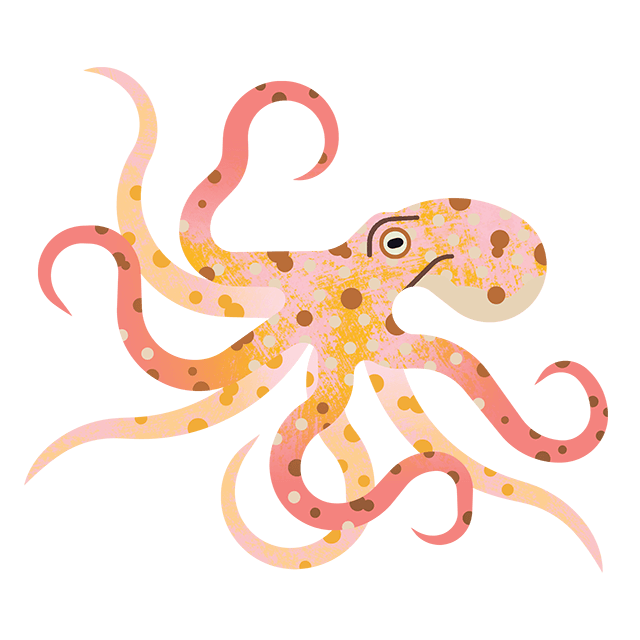
Crabs: the crustacean that keeps on giving
Did you know there are more than 7,000 crab species in 100 different families across the world today? They’re one of the most diverse and adaptable of all animal groups.
After a life-long fascination with crabs, Peter Davie has published the ultimate book on crabs and he’s been talking to us about these truly breathtaking crustaceans.
Where did your interest in crabs come from?
Summer holidays as a child were always spent at the beach, and many, many hours snorkelling up and down a small coastal estuary. I first became hooked on tropical marine fish, but everything under the water fascinated me.
I joined the Queensland Littoral Society (now the Australian Marine Conservation Society) when I was just 17 and took part in their campaigns to “Save the Barrier Reef” from mining and fight the destruction of the mangrove swamps that occupy large areas of the Queensland coast. This meant surveying and documenting the biodiversity of the fauna and flora and putting together scientific arguments to stop them being dismissed as “just smelly swamps”.
I got the job as chief “crab-catcher” … and then one thing led to another.
What makes them so fascinating?
I get very excited by their amazing diversity of shapes, colours, patterns and habits; and beyond that they just have lots of attitude!
The giant Japanese spider crab can reach 40 cm (16 in) in carapace width, and 19 kg (42 lb) in weight; while at the other extreme, a miniature false spider crab has mature egg-bearing females at only 1.4 mm across its shell. They can hide out in the anus of sea cucumbers, or march in vast numbers across the bottom of the North Sea.
Some species of terrestrial crabs in Jamaica have incredibly sophisticated maternal care; and even the common European green crab, Carcinus maenas, has been shown to have maze-solving capabilities similar to a mouse, and excellent memories as well!
How important are crabs to the ecology of a healthy ocean?
Crabs can be critically important in certain marine environments.
Crab larvae form a significant part of plankton communities, especially in coastal and reef areas, and are a vital part of complex food chains. Many species of reef crabs graze on vast amounts of macroalgae helping to prevent corals being smothered.
Are crabs likely to fall victim to increased levels of ocean warming/climate change?
Quickly rising sea levels will seriously affect coastal ecosystems upon which many crabs depend; warmer seas, leading to more severe coral bleaching episodes, will see reefs collapsing and with them so will the extraordinarily diverse biological system that depends on their structural foundation.
Finally, increasing ocean acidity has already been documented to cause defects in shell development of the larvae of Dungeness crabs in the northwest Pacific, and damage to their tiny sensory bristles is likely to have serious consequences for their growth into healthy adults.
Crabs are definitely going to take a big hit!
Tell us about some of you favourite crabs
Superb decorator crab (Camposcia retusa)
Perhaps the most overdressed crab on Indo-West Pacific reefs.
Decorator crabs have unique short, hooked bristles covering their shells and legs—these are used like velcro to grip a wide variety of bottom growing organisms such as sponges, stinging hyroids, ascidians, lace coral and algae.
In full regalia they are perfectly camouflaged until they move!
Yellowline arrow crab (Stenorhynchus seticornis)
These nocturnal Caribbean crabs have long, spindly legs that allow them to stand tall and motionless in the current collecting debris on the hairy bristles covering their body.
This is cleaned off and eaten whilst in hiding during the day.









